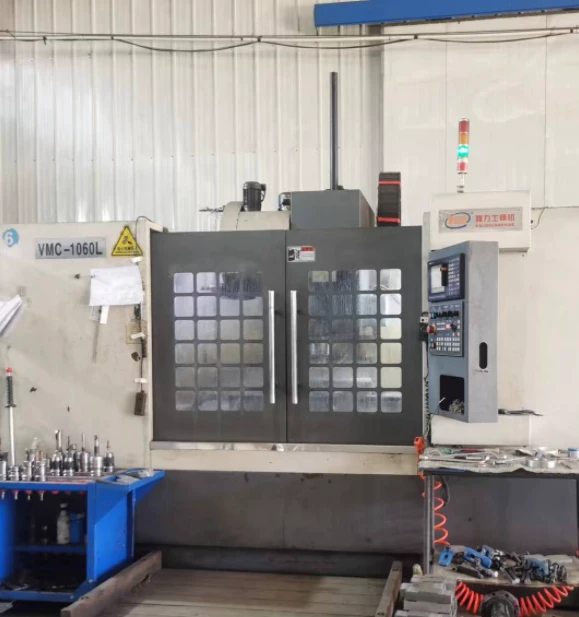steel shear machine
Exploring the Steel Shear Machine A Vital Tool in Metal Fabrication
In the world of metal fabrication, efficiency and precision are paramount. One of the most critical tools that facilitate these demands is the steel shear machine. Designed to cut metal sheets and plates into specific sizes and shapes, the steel shear machine plays an integral role in various industries, including construction, automotive, and manufacturing. This article delves into the types, working principles, benefits, and applications of steel shear machines, highlighting their significance in modern metalworking.
Types of Steel Shear Machines
Steel shear machines can be classified into several types based on their design and operational mechanism. The most common types include
1. Mechanical Shears These machines rely on a mechanical drive to perform cuts. They consist of a moving blade that approaches a fixed blade, resulting in shearing action. Mechanical shears are known for their speed and efficiency, making them suitable for high-volume production.
2. Hydraulic Shears Utilizing hydraulic power, these machines offer superior control and force, allowing for precise cuts in thicker materials. They feature adjustable cutting speeds and can handle various sheet sizes and thicknesses. Hydraulic shears are favored for their energy efficiency and reduced maintenance requirements.
3. Electric Shears Also known as electric shearing machines, these utilize electric motors to drive the cutting blades. They are commonly used for lighter applications where precision is essential. Although they may not be suited for heavy metal sheets, they excel in smaller operations.
4. Guillotine Shears These are designed primarily for cutting large sheets and are characterized by their robust structure. The blade moves down through the material, making it suitable for a wide range of thicknesses. Guillotine shears are popular in industries that require straight cuts over large areas.
Working Principle
The fundamental operation of a steel shear machine is relatively straightforward. The machine comprises two blades – a stationary blade and a moving blade. When the operator feeds the metal sheet into the machine, the moving blade descends to apply shear stress between the two blades. This stress causes the material to fracture and efficiently produces a clean cut.
Modern steel shear machines are equipped with advanced features such as programmable controls, automatic feeding systems, and safety measures, enhancing their capabilities. Features like digital readouts allow operators to set precise measurements for cuts, significantly reducing human error and increasing overall productivity.
Benefits of Steel Shear Machines
The adoption of steel shear machines presents numerous advantages for metal fabrication businesses
steel shear machine

- Efficiency Steel shears are designed for precision and speed, which accelerates production timelines
. They can handle multiple cuts in a short time, allowing for higher output.- Versatility These machines can cut various metals, including stainless steel, aluminum, and mild steel, making them valuable across different sectors.
- Cost-Effectiveness By reducing material wastage and achieving precise cuts, businesses can save on raw material costs and minimize rework.
- Safety Modern shear machines come equipped with safety features that protect operators from potential hazards associated with metal cutting.
Applications of Steel Shear Machines
Steel shear machines have a wide range of applications across various industries. Some of their common uses include
- Sheet Metal Fabrication In industries such as HVAC, automotive, and construction, shearing is essential for producing components that require accurate dimensions.
- Metal Recycling Steel shear machines are integral in recycling operations, where large metal sheets and scrap are processed into manageable sizes for reuse.
- Manufacturing Many manufacturing units use shear machines for creating parts that require precise cuts, such as brackets, frames, and enclosures.
- Construction In construction projects, steel shears are employed to cut structural steel and other materials needed for building frameworks.
Conclusion
The steel shear machine is undoubtedly a cornerstone of the metalworking industry. With their ability to perform precise cuts quickly and efficiently, they contribute significantly to the productivity and cost-effectiveness of metal fabrication processes. As technology advances, the future of steel shear machines looks promising, with continued innovations poised to enhance their capabilities even further. For businesses engaged in metalworking, investing in a quality steel shear machine is a strategic decision that can lead to improved operations and a competitive edge in the market.
-
High Frequency Straight Seam Welded Pipe Production Line-BzZhou Xinghua Machinery Equipment Manufacturing Co., LTD.|line pipe steel&welded gas pipeNewsJul.30,2025
-
High Frequency Straight Seam Welded Pipe Production Line-BzZhou Xinghua Machinery Equipment Manufacturing Co., LTD.|High Precision&Automated SolutionsNewsJul.30,2025
-
High Frequency Straight Seam Welded Pipe Production Line - BzZhou Xinghua Machinery Equipment Manufacturing Co., Ltd.NewsJul.30,2025
-
High Frequency Straight Seam Welded Pipe Production Line-BzZhou Xinghua Machinery Equipment Manufacturing Co., LTD.|Precision Welding, High EfficiencyNewsJul.30,2025
-
High Frequency Straight Seam Welded Pipe Production Line|BzZhou Xinghua|Precision Welding&EfficiencyNewsJul.30,2025
-
High Frequency Straight Seam Welded Pipe Production Line - BzZhou Xinghua|Precision Engineering&EfficiencyNewsJul.30,2025


